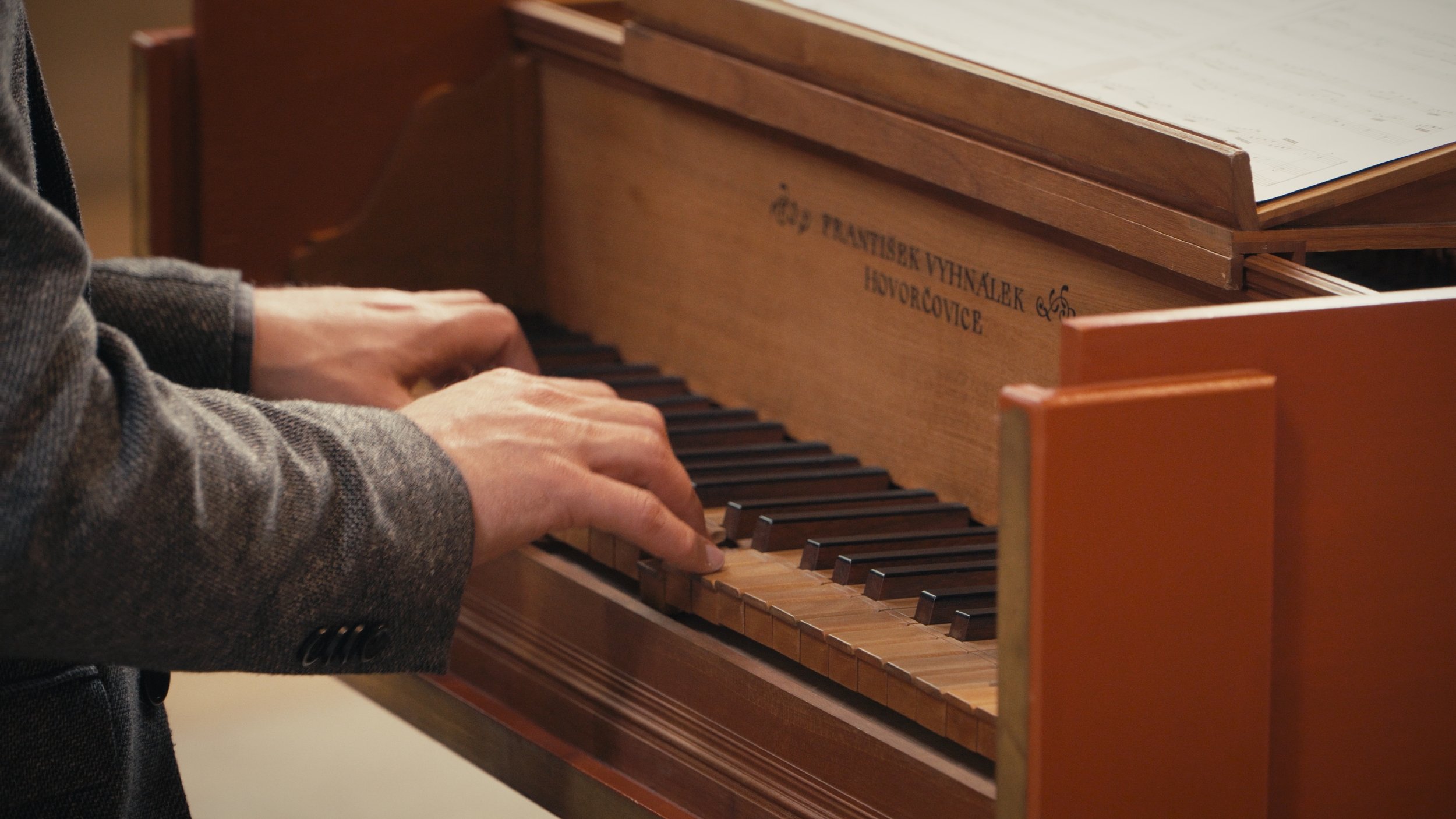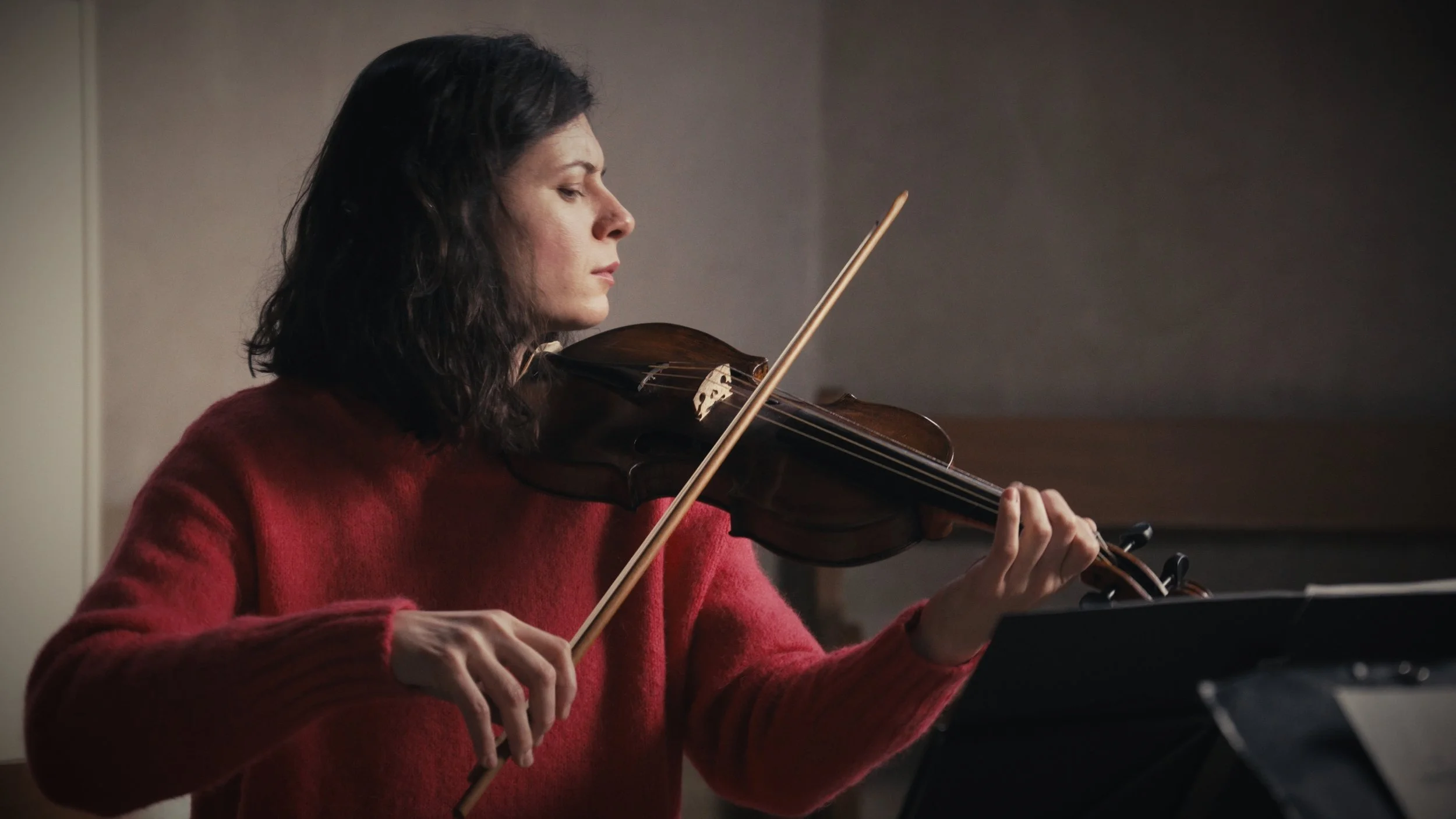
PROGRAMME
Plectrum Musicum
Deutsche Instrumentalmusik inspiriert von italienischen Komponisten
MIT WERKEN VON
Philip Friedrich Buchner (1614-1669)
Plectrum Musicum, Op. 4 (1662)
Giovanni Legrenzi (1626-1690)
18 Sonaten, Op.2 (1655)
und
Johann Rosenmüller (1617-1684)
Sonate… (1682)
Konzertdauer 60 min.
4-5 Musiker
Über uns
Als Teil einer neuen Generation von Aufführungen, die sich an der historischen Aufführungspraxis orientieren, konzentriert sich Primary Colours auf die weniger bekannten ästhetischen Praktiken des 17. und 18. Jahrhunderts. Das Ensemble, das aus einer Kombination von Blas-, Zupf- und Streichinstrumenten besteht, konzentriert sich auf das deutsche und französische Repertoire des 17. und 18. Jahrhunderts und präsentiert unbekannte Werke in Instrumentalkombinationen, die für ihre Komponisten als ästhetisch vertraut gegolten hätten, heute aber unbekannt sind.
Primary Colours wurde 2014 an der Schola Cantorum Basiliensis gegründet und tritt seitdem regelmässig in der Region Basel und sogar in den Niederlanden auf. Das Ensemble hat kürzlich eine CD mit virtuoser Fagottmusik von Georg Philipp Telemann aufgenommen, die 2025 erscheinen wird








